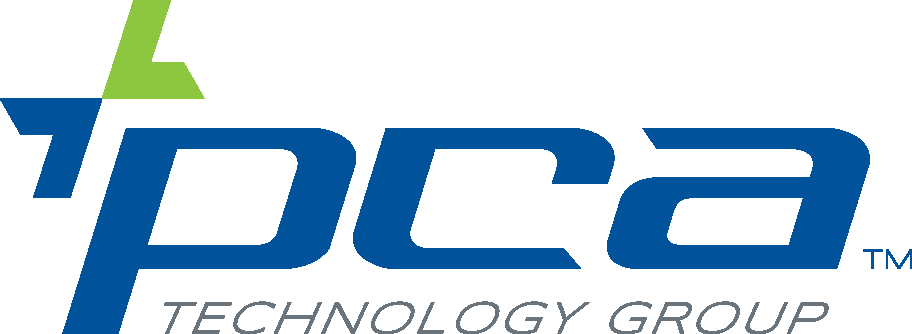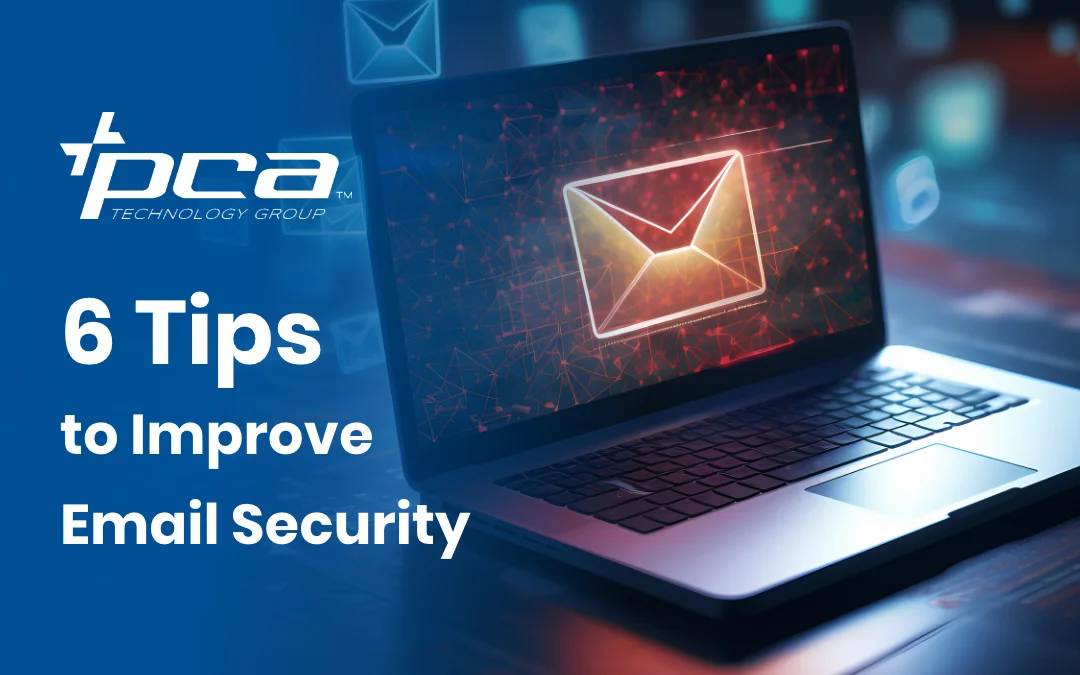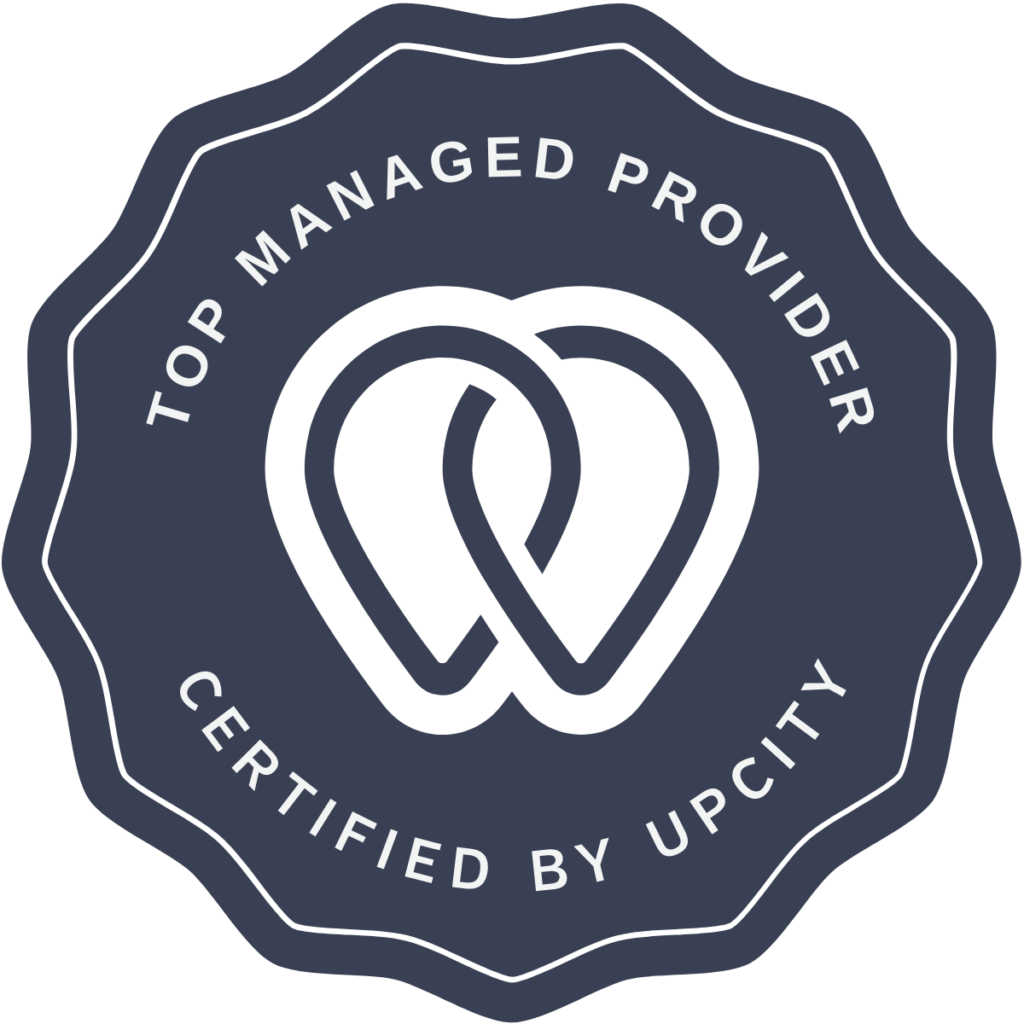Email continues to be one of the primary means by which cybercriminals threaten individuals and organizations. Attackers like scammers and phishers are constantly developing new means of twisting email into a point of exploitation. Fortunately, there are ways to mitigate these cyberthreats and improve your email security.
Use this guide to understand the threats to email security, assess your existing security posture, and make the necessary adjustments.
What are the major email security threats?
Of the various threats to email security, the most common and serious include:
- Phishing: In this method, cybercriminals pretend to represent a legitimate organization in an email, then use social engineering, fraud, and other tools to convince a target to disclose private information or credentials.
- Malware: Using email, cybercriminals will either include a file containing malware or direct targets to a website infected with it. This method is usually used to deliver Trojan horse viruses, spyware, worms, and, most infamously, ransomware.
- Spam: In addition to being an annoyance, these unsolicited emails can also contain email security threats, such as malware and phishing scams.
- System takeover: Should a phishing attack successfully acquire login credentials or install certain forms of malware, the cybercriminals behind the attack could gain control over a target’s computer. From there on, the hackers can use the host computer to infiltrate a network or launch further cyberattacks.
- Business email compromise (BEC): BEC is a variation of phishing wherein the attacker pretends to be a member of the target’s own organization and uses their false authority to direct finances to an account the attacker controls.
Tips to improve email security
To protect your email from various cyberthreats, you need to implement a proactive approach that incorporates multiple different solutions, including:
1. Training your employees
Your employees are your first line of defense against email threats. Most email threats rely on human mistakes and lapses in judgment to infect a target. Use education and preparation to prevent such mistakes. Regularly scheduled security training teaches employees to recognize suspicious emails, understand common phishing tactics, and avoid clicking on malicious links or attachments.
In addition, use these training sessions to emphasize company email security policies, highlight common email threats, and equip your team with best practices (some of which are included in this article) for safe email usage.
2. Encrypting your emails
Mail encryption scrambles the content of your messages, ensuring that only the intended recipient can read them. Thus, even if a hacker somehow obtains an email, they won’t be able to read it. This added layer of security is crucial for safeguarding sensitive information, such as financial data, client details, and trade secrets.
Encryption also empowers you with greater control over your emails. You can revoke access to messages sent in error, track when and by whom they were opened, and even prevent interception.
3. Creating stronger passwords
Passwords are the gatekeepers to your email accounts, denying unauthorized personnel access to them. However, complex passwords that use a combination of letters, numbers and symbols, are no longer as effective as they once were. Recent guidelines published by the National Institute of Standards and Technology (NIST) recommend long, unique passwords over shorter ones, as these are far less susceptible to brute force attacks that use computational power to guess the combination.
Encourage your team to create strong passwords that use a combination of unrelated words. In addition, consider implementing a password manager to help them manage multiple unique passwords securely.
4. Using multifactor authentication
Sadly, even well-constructed passwords are not enough to keep threats at bay on their own. Multifactor authentication (MFA) adds an extra layer of protection by requiring an additional verification step when logging in, such as a code sent to your phone or a fingerprint scan.
Implementing MFA significantly makes it more difficult for attackers to gain access, even if they manage to acquire login credentials.
5. Avoiding unsecure Wi-Fi
While public Wi-Fi may seem convenient, it can also expose you to cyberattacks. Avoid accessing your email on public networks, where hackers can easily intercept your data and steal your credentials. Stick to known, secure Wi-Fi networks for checking your email and avoid using public connections for sensitive tasks.
6. Implementing email authentication
Email authentication verifies the legitimacy of an email based on factors dependent on the authentication method. If an email fails to prove its authenticity, the system filters it away. The most commonly used email authentication methods include:
- DomainKeys Identified Mail (DKIM): DKIM verifies the email’s authenticity by adding a digital signature that verifies its legitimacy and indicates that the email has not been altered mid-transit.
- Sender Policy Framework (SPF): This protocol ensures that the email sender is authorized to send from a specific domain according to a list composed by the domain owner.
- Domain-based Message Authentication, Reporting and Conformance (DMARC): DMARC opperates by allowing domain owners to monitor email senders using their domain. In addition, DMARC users can include instructions within emails for the receiving mail providers (such as Google mail) on how to respond (quarantine, rejection) to emails that are not from authenticated sources.
While these standards don’t eliminate all unwanted messages, they significantly reduce the risk of phishing and spam reaching your inbox.
Talk to a PCA Technology Group expert to learn about email security and how to safeguard your networks. Contact us today.


